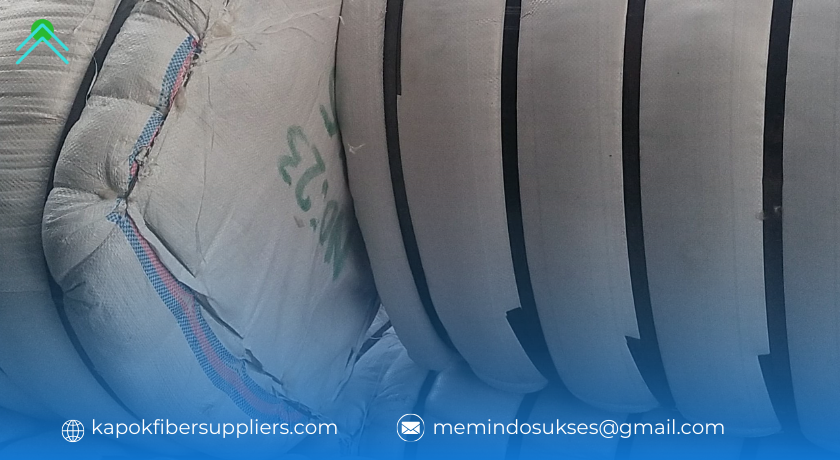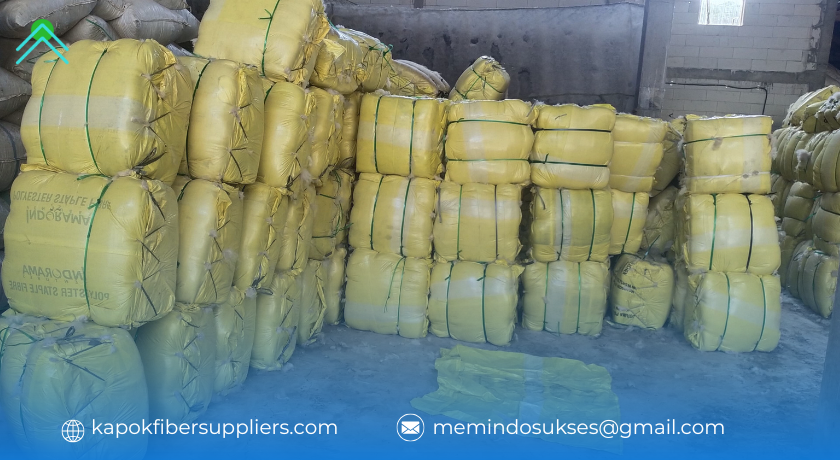
Fibers have been woven into human history for centuries, but today, they are doing more than just clothing us. With advancements in material science and sustainability, fibers are transforming industries ranging from fashion to aerospace. Let’s explore the new era of fiber innovation and its impact on the world.
The Many Faces of Modern Fibers
Fibers are categorized based on their sources and properties. Here are some of the key types driving innovation:
- Natural Fibers – Derived from plants (kapok, hemp, cotton) and animals (silk, wool), these fibers are biodegradable and eco-friendly.
- Synthetic Fibers – Man-made fibers such as polyester, nylon, and acrylic, offering durability and affordability.
- High-Performance Fibers – Carbon fiber, aramid, and glass fiber, known for their exceptional strength and heat resistance.
- Smart Fibers – Materials that react to environmental conditions, including temperature-sensitive and conductive fibers used in wearables.
Why Fibers Are at the Forefront of Innovation
As industries seek stronger, lighter, and more sustainable materials, fiber technology is leading the way in multiple fields:
1. Eco-Friendly and Sustainable Solutions
The push for biodegradable and recycled fibers is reducing plastic pollution and promoting circular economies.
2. High-Strength, Lightweight Applications
Carbon and aramid fibers are enhancing performance in aerospace, automotive, and protective gear.
3. The Rise of Smart Textiles
Wearable technology is integrating sensors and energy-storing fibers for real-time health monitoring and interactive clothing.
4. Temperature and Moisture Control
Fibers like kapok and bamboo provide natural temperature regulation, making them ideal for bedding and activewear.
Industries Embracing Fiber Technology
The demand for innovative fibers is shaping numerous industries:
- Aerospace & Automotive – Lightweight, strong fibers reduce energy consumption and improve safety.
- Medical & Healthcare – Antibacterial and bioengineered fibers enhance hygiene and patient care.
- Fashion & Textiles – Sustainable fabrics are revolutionizing clothing production and reducing waste.
- Construction & Packaging – Natural fiber-based materials are replacing synthetic insulation and plastic packaging.
- Sports & Performance Wear – High-tech fibers improve athletic gear, making it more breathable and performance-driven.
The Future of Fibers: What’s Next?
As technology continues to advance, fiber innovation is expected to reach new heights:
- Self-Repairing Fibers – Materials that mend themselves, extending the life of clothing and industrial applications.
- Energy-Storing and Conductive Fibers – Wearable electronics that generate and store power through fiber-based solutions.
- Biodegradable High-Tech Fibers – Combining performance with sustainability for eco-conscious industries.
- Water-Repellent and Antimicrobial Fibers – Enhancing hygiene and durability in textiles and medical applications.
Conclusion: The Fiber Renaissance
Fibers are more than just threads—they are shaping the future of materials across industries. With advancements in sustainability, technology, and durability, fiber innovation is redefining what’s possible in textiles and beyond.
Are you ready to be part of the fiber revolution?

